Select an Orthopaedic Specialty and Learn More
Use our specialty filter and search function to find information about specific orthopaedic conditions, treatments, anatomy, and more, quickly and easily.
GET THE HURT! APP FOR FREE INJURY ADVICE IN MINUTES
Shoreline Orthopaedics and the HURT! app have partnered to give you virtual access to a network of orthopaedic specialists, ready to offer guidance for injuries and ongoing bone or joint problems, 24/7/365.
Browse Specialties
-
- Minimally Invasive Surgery (Arthroscopy)
Arthroscopy (Minimally Invasive Surgery)
Arthroscopy is a minimally invasive surgical procedure used by orthopaedic surgeons to visualize, diagnose, and treat problems inside the joint. Because it requires only tiny incisions, arthroscopy can be performed without a major, invasive operation and many procedures can be done on an outpatient basis.
More Info -
- Elbow
- Joint Disorders
- Pediatric Injuries
- Sports Medicine
Golfer’s Elbow (Medial Epicondylitis)
Medial epicondylitis, often known as golfer’s elbow, is a painful condition that occurs when overuse results in inflammation of the tendons that join the forearm muscles to the inside of the bone at the elbow.
More Info -
- Hand & Wrist
Hand & Wrist Tendinitis
Tendinitis occurs when a tendon becomes irritated, inflamed or swollen and causes the synovium around the tendon to swell, changing the shape of the tendon sheath compartment and making it difficult for the tendons to move properly. Tendinitis can cause pain and tenderness along the hand or wrist that is particularly noticeable when grasping or gripping, forming a fist, or turning the wrist.
More Info -
- Fractures, Sprains & Strains
- Hand & Wrist
Hand Fracture
A fracture of the hand can occur in either the small bones of the fingers (phalanges) or in the long bones (metacarpals). Symptoms of a broken bone in the hand include: pain; swelling; tenderness; an appearance of deformity; inability to move a finger; shortened finger; a finger crossing over its neighbor when you make a fist; or a depressed knuckle, which is often seen in a “boxer’s fracture.”
More Info -
- Foot & Ankle
- Podiatry
- Sports Medicine
Posterior Tibial Tendon Dysfunction
Posterior tibial tendon dysfunction is one of the most common problems of the foot and ankle. It occurs when the tendon becomes inflamed or torn, which impairs the tendon’s ability to provide stability and support for the arch of the foot, resulting in flatfoot.
More Info -
- Hip
- Neck and Back (Spine)
- Physical Medicine & Rehabilitation (PM&R)
Sciatica
Most common between 30 and 50 years of age, sciatica is a pain in your lower back or hip that radiates to the back of your thigh and into your leg. Often people think that the source of the pain is the buttock, hip or thigh and seek medical care for a “hip” problem only to learn that the source of the pain is the lower back.
More Info -
- Arthritis
- Physical Medicine & Rehabilitation (PM&R)
- Shoulder
Shoulder Arthritis
Over time, the shoulder joint frequently becomes arthritic, with bone spur formation and loss of cartilage between the bones. This can cause pain in the top of the shoulder with overhead movement or reaching across the body. It can also cause tenderness or pain with pressure, such as from a back pack or bra strap.
More Info -
- Diagnostics & Durable Medical Equipment (DME)
Traditional X-RAY, CT Scan, MRI
Diagnostic imaging techniques are often used to provide a clear view of bones, organs, muscles, tendons, nerves and cartilage inside the body, enabling physicians to make an accurate diagnosis and determine the best options for treatment. The most common of these include: traditional and digital X-rays, computed tomography (CT) scans, and magnetic resonance imaging (MRI).
More Info

